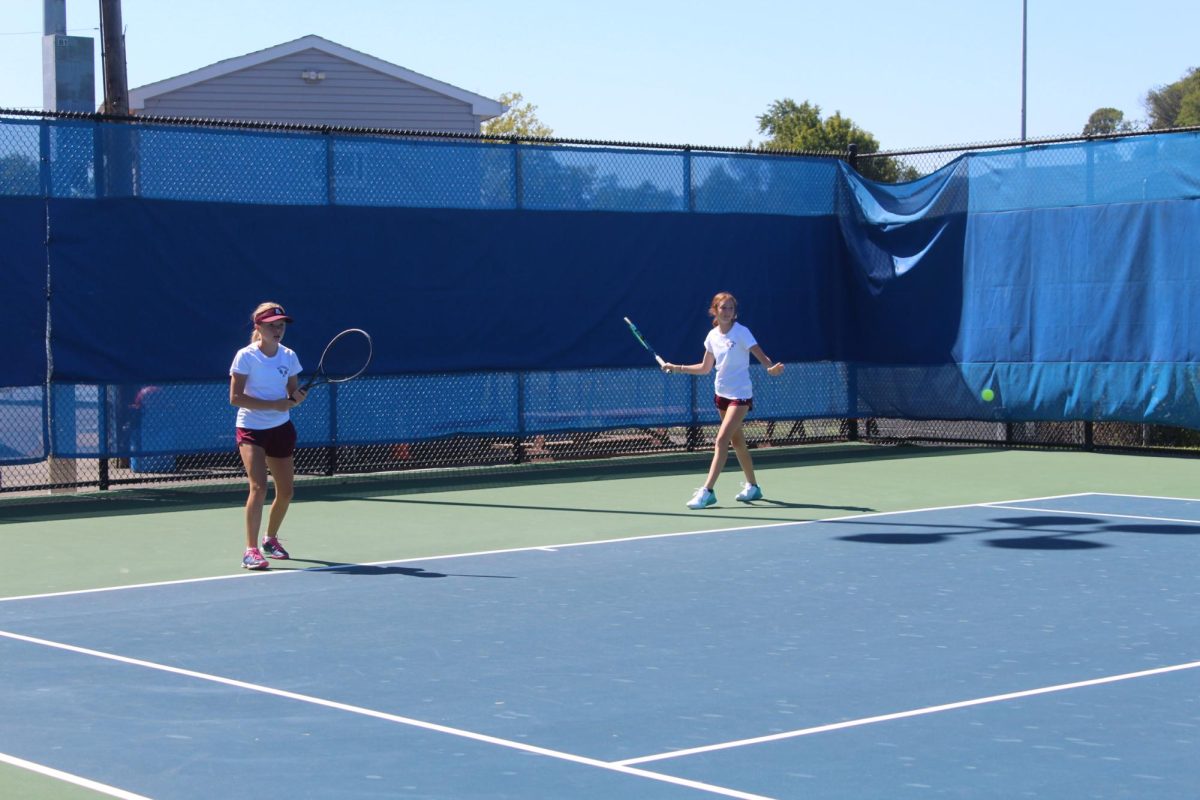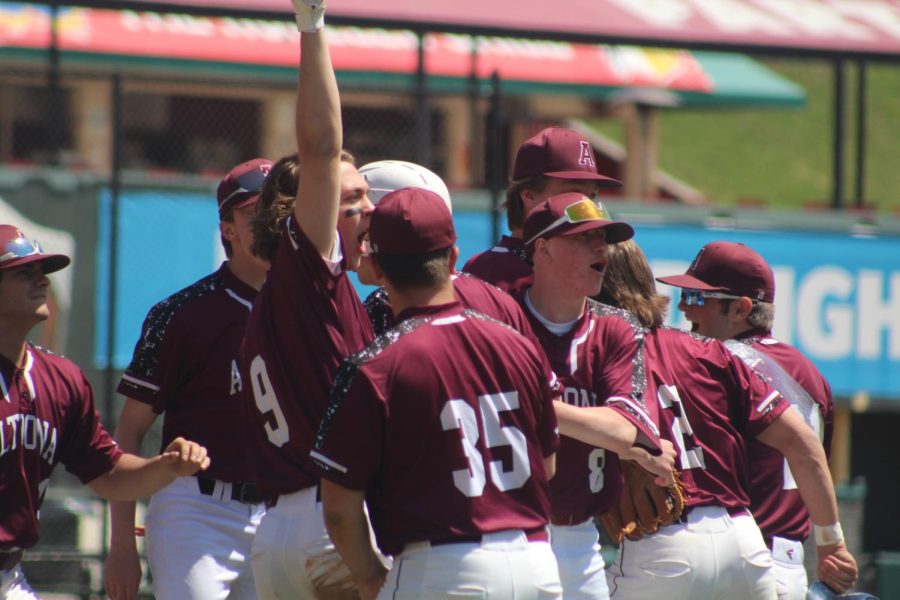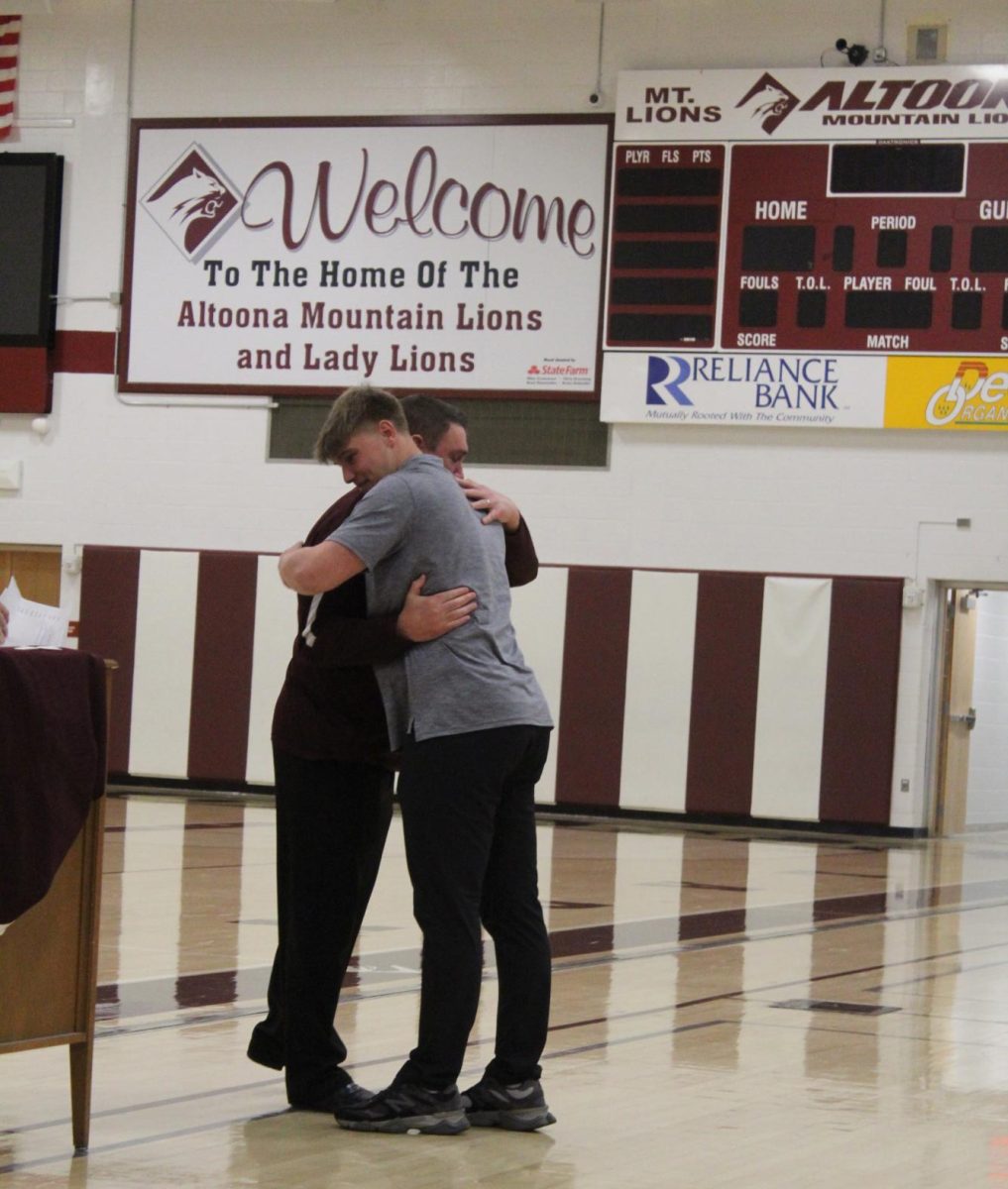Most athletes have faced an injury while playing their sport. These injuries range from stoved fingers to serious muscle tears that can only be fixed with surgery.
“Normally I see about four to five student athletes a week,” physical therapist Brent Dodson said.
Injuries are more common than people think. Some think injuries are extremely rare and never occur.
“Our roster usually runs somewhere in the range of 30 students. Throughout a given season, we average maybe 2-3 [injured players],” boys’ soccer coach Dave McCarter said.
At the same time, some people overthink how many injuries occur a season. Sometimes people even speculate about what injuries should commonly occur in a certain sport.
“We have less than people would probably assume. A lot of people associate soccer with head injuries and a lot of lower body injuries,” McAleer said.
Even in sports where injuries are seemingly impossible, athletes can still get injured.
“The injuries in cross country and track aren’t as severe as you’d see in a more contact sport like football, but you do get your overuse type injuries in our sport,” boys’ cross country coach James D’Angelo said.
Although all injuries are different, some are more common than others.
“Recently, the most common injury that I have been seeing is a torn ACL,” Dodson said
Other types of knee injuries among athletes seem to be common as well. Last year, junior football player Nick Irwin ended his season due to one.
“Someone came from behind and blew out my knee, I was out for the whole season. It was my meniscus. They said if I had to get surgery, then I would never be able to play again,” N. Irwin said.
Knee injuries can even occur in athletes who participate in non-contact sports, just ask freshman Skylar Irwin who plays tennis.
“I fractured a part of my knee and bruised my bone. I was playing against Hollidaysburg, and we were on a comeback, so I didn’t want to lose the point,” S. Irwin said
Although ending her freshman season early was not what she hoped for, her injury fostered a new appreciation for Altoona’s rival.
“The Hollidaysburg tennis team sent me a $15 Starbucks gift card, and they said they’re excited to see me back on the court,” S. Irwin said.
With injuries occurring in all sports, injured athletes and their teams have to adjust to the absence of teammates. Although difficult in the beginning, this builds long term strength that is valuable in and outside of the sport.
“You have to start the athletes slow. You can’t just expect them to come in and be able to run what they’d be able to in the midpoint of their season, so you’ve got to progress them along slowly. One of the key things with prevention is trying to keep it from happening, but early detection is also important. The idea is to take care of it, to get them to see the trainer before it progresses into something worse,” D’Angelo said.
Although coaches wish for their athletes to never be injured, they are realistic and are prepared for the worst.
“You have to have everyone prepared, so if someone does get hurt you’ve got to go with the next man up mantra. So if someone goes down, the next person has to be ready to step in,” D’Angelo said.
“I’ll never say injuries are good, but they do create opportunities for the team and the resiliency in kids fighting back from them can be a huge character builder as well,” McAleer said.
If an athlete does get injured during a school event whether it is a practice or a game, a trainer is often nearby to help if needed.
“We have an excellent training staff here, so we like to utilize our training staff here as much as possible because we have some really highly skilled, competent trainers, and we’re fortunate to have a really large training staff, so utilize the resources you have,” D’Angelo said.
There are multiple aspects that factor into getting injured. Prevention is key.
“One of the key things with prevention is trying to keep it from happening, but early detection is also important. The idea is to take care of it, to get them to see the trainer before it does progress into something worse,” D’Angelo said.
There are precautions that coaches take to make sure their athletes stay healthy and uninjured.
“We talk a lot about body management in terms of rest, recovery and nutrition, the things you have to do to make sure injuries don’t happen. So we do a lot of preventive work and management with that, which I think has helped us greatly to keep people healthy,” McAleer said.
All situations are different, there are different injuries, treatment options, recovery times, etc.
“Athletes can speed up recovery time by listening to their therapist, doing their exercises at home, making sure they are listening to their doctors and following all of the precautions that are needed,” Dodson said.










